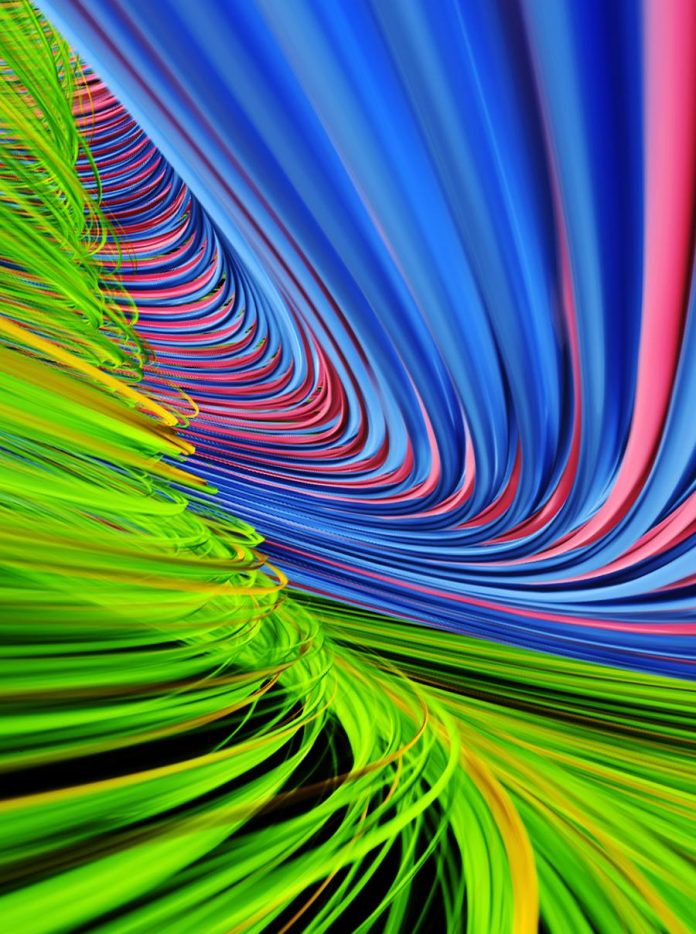Researchers have long wondered about the full impact of the recycled atoms on plasma turbulence. They are not affected by a *tokamak’s magnetic field or the turbulence itself but experiments have revealed that these neutral particles have their own role in enhancing the turbulence overall.
The U.S. Department of Energy’s Princeton Plasma Physics Laboratory (PPL) researchers have simulated the action of recycled neutrals in the action of plasma moving through a tokamak. As the plasma cycles through the device, it hits the walls creating recycled neutrals and increasing turbulence. In the first test of its kind, researchers watched the ‘ion temperature gradient’ (IGT) which occurs from the cool edge of the plasma to its hot center and that may affect the ability of the plasma to reach the temperature at which fusion takes place.
Using the extreme-scale XGC1 kinetic code for the modeling, researchers found that neutral atoms impact turbulence from IGT in a couple of ways. For one, neutral atoms cool the plasma in the transport barrier or pedestal on the outside edge, increasing ITG. Secondly, neutral atoms decreased the differing rates or rotation which would normally reduce plasma turbulence and level out fusion.
PPL researchers will use the results of this model, and other more complex models, to compare to experiments. They hope these studies will aid scientist in comprehending plasma transitions from low to high, the level at which tokamaks should operate, and find a way to reduce neutrals and recycling. Specifically, the finding could help a fusion facility currently being built in France, ITER, and will be the world’s largest tokamak fusion reactor when completed.
Article via; Princeton Plasma Physics Laboratory / The full results of the model study were published in Nuclear Fusion.
*Tokamaks are toroid shaped machines that take advantage of the relation between electricity and magnetism. A magnetic field creates an electric field, while an electric current creates a magnetic field. A tokamak uses multiple magnetic fields to influence the path of the plasma inside it. Via; New.math.uiuc.edu
More News to Read
- 3D Printing’s Even More Affordable Now Thanks to SparkMaker
- Is it the End of the Road for Silicon Chips?
- Researches Made a Softer and Smarter Robotic Arm for Endoscopic Surgeries
- Breakthrough for Alzheimer’s Patients Comes in the Form of Enzyme Blockage
- Researchers Use AI Algorithm to Help Those Suffering From Sleep Disorders

